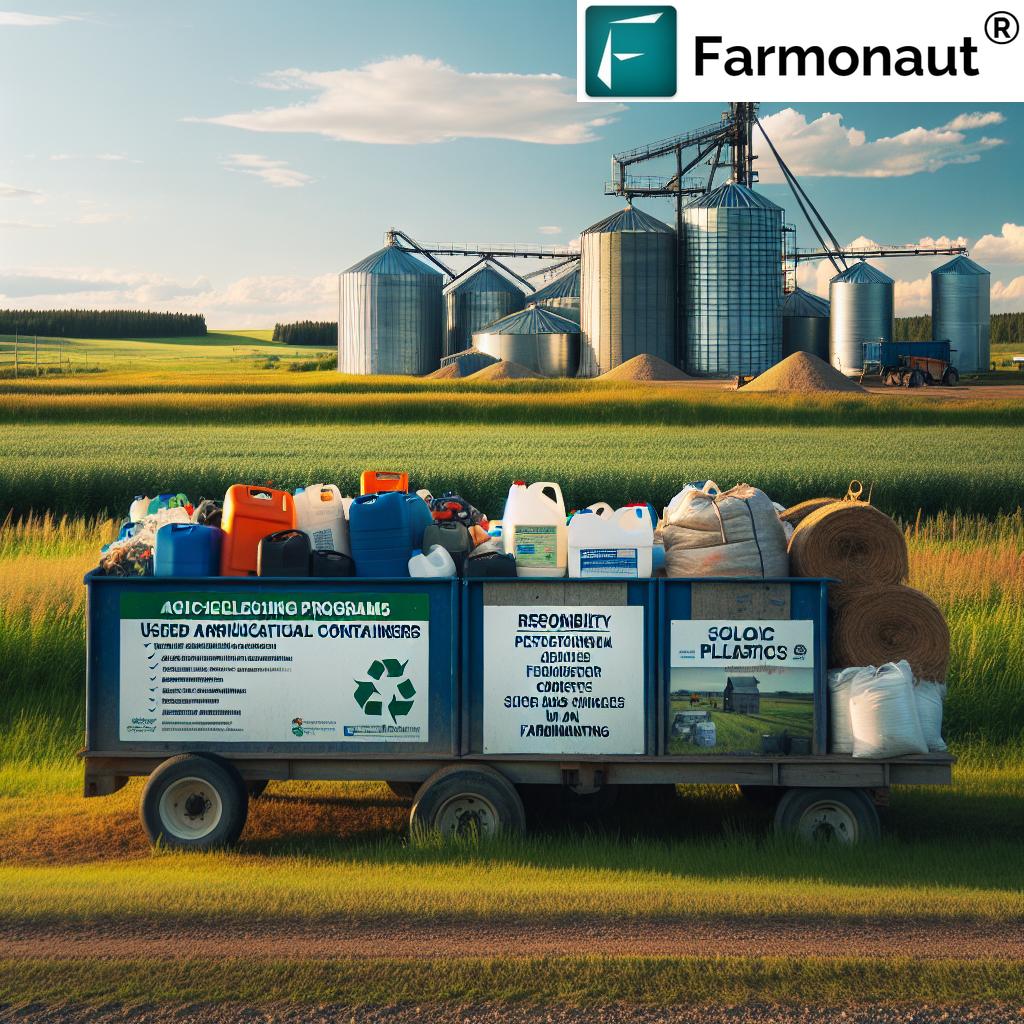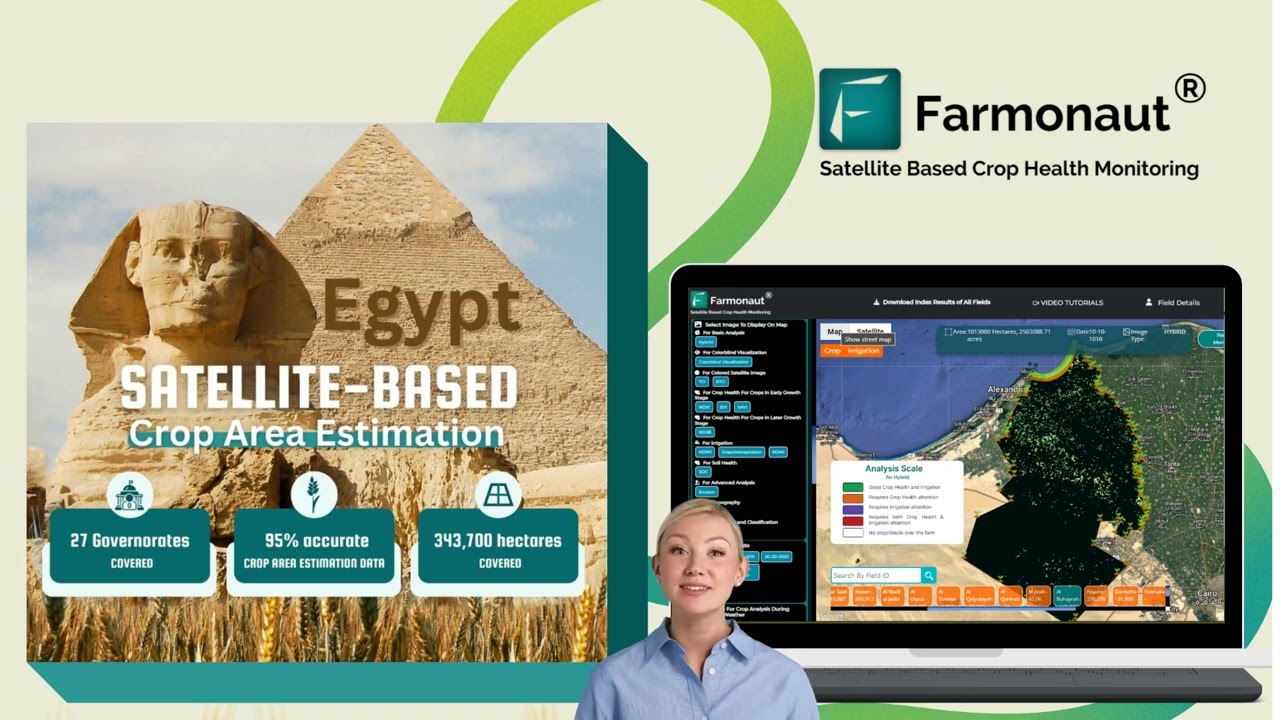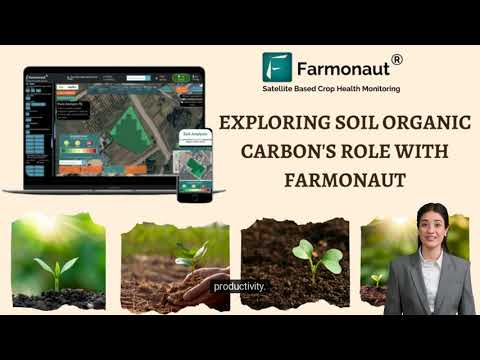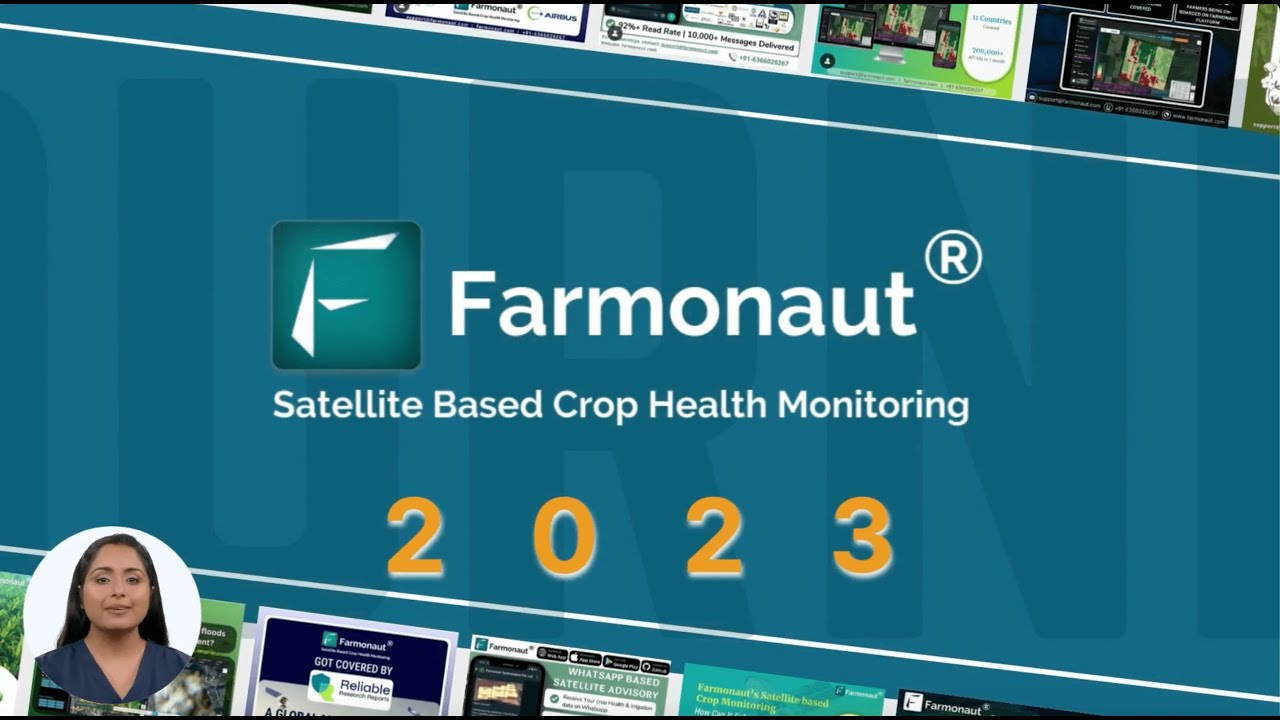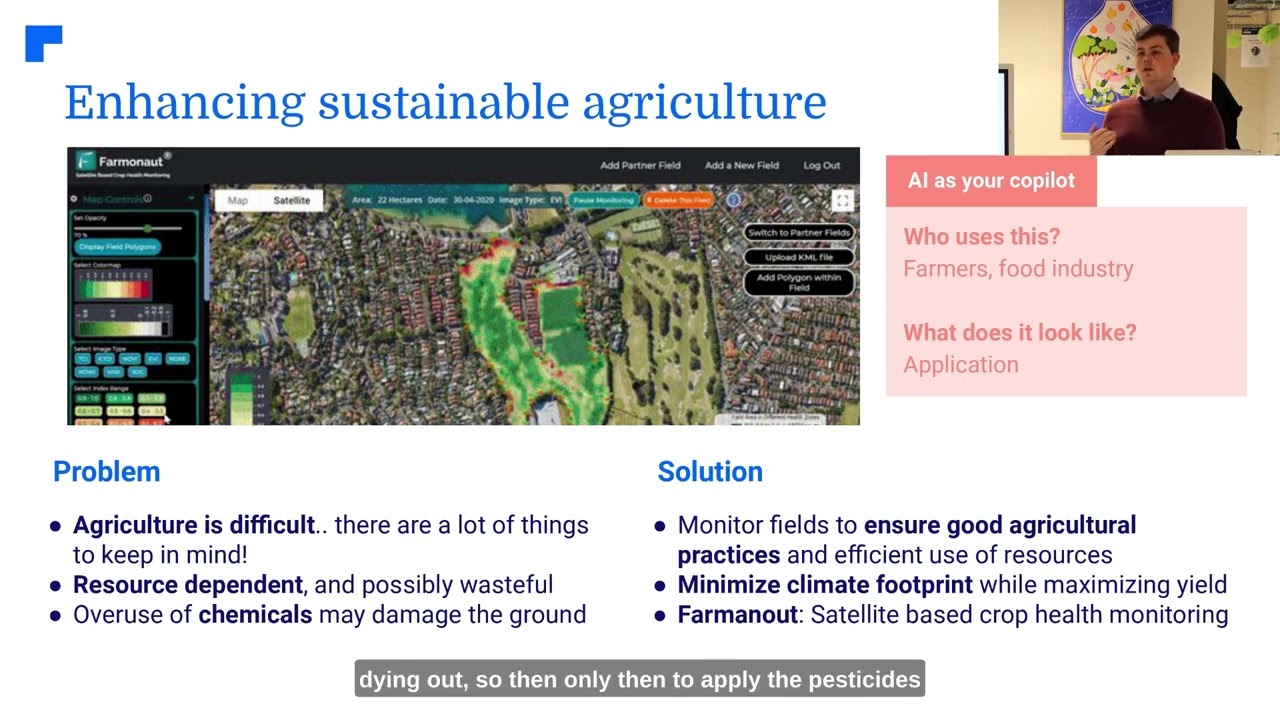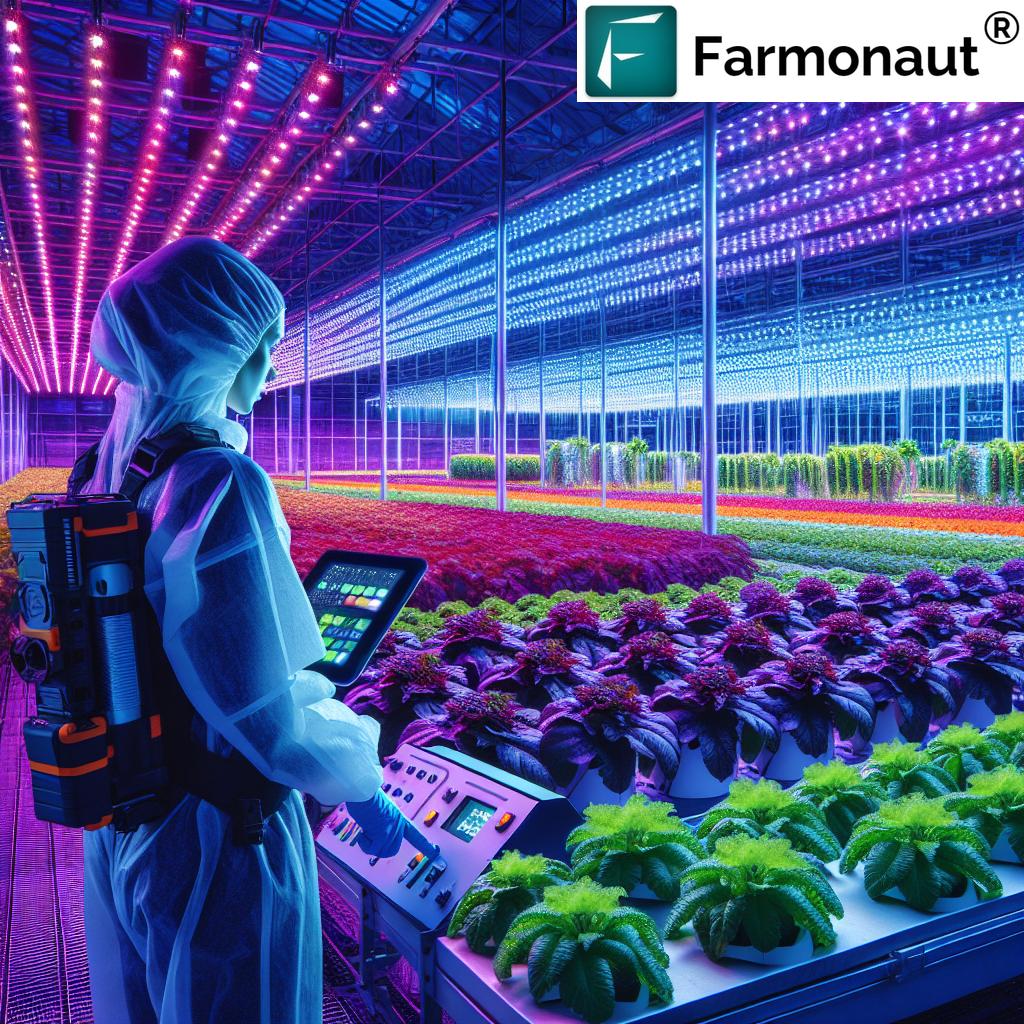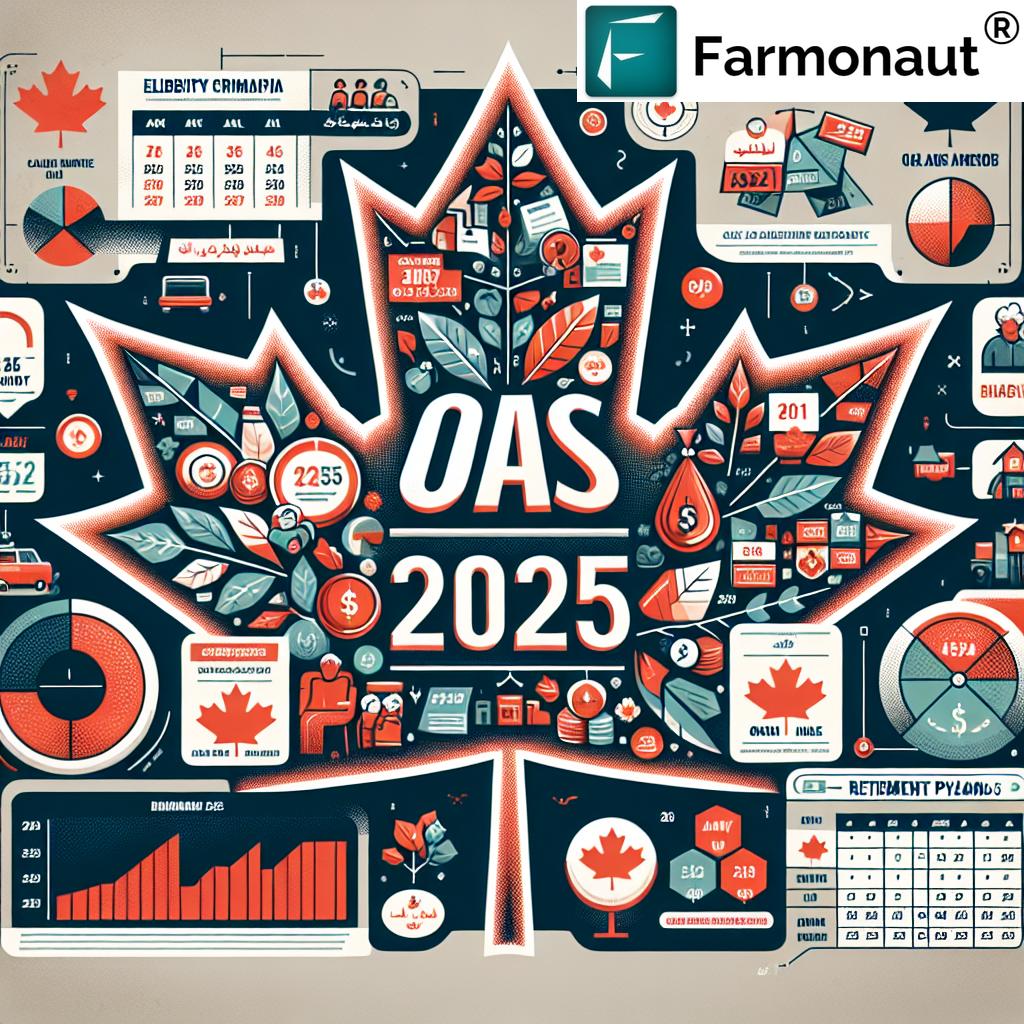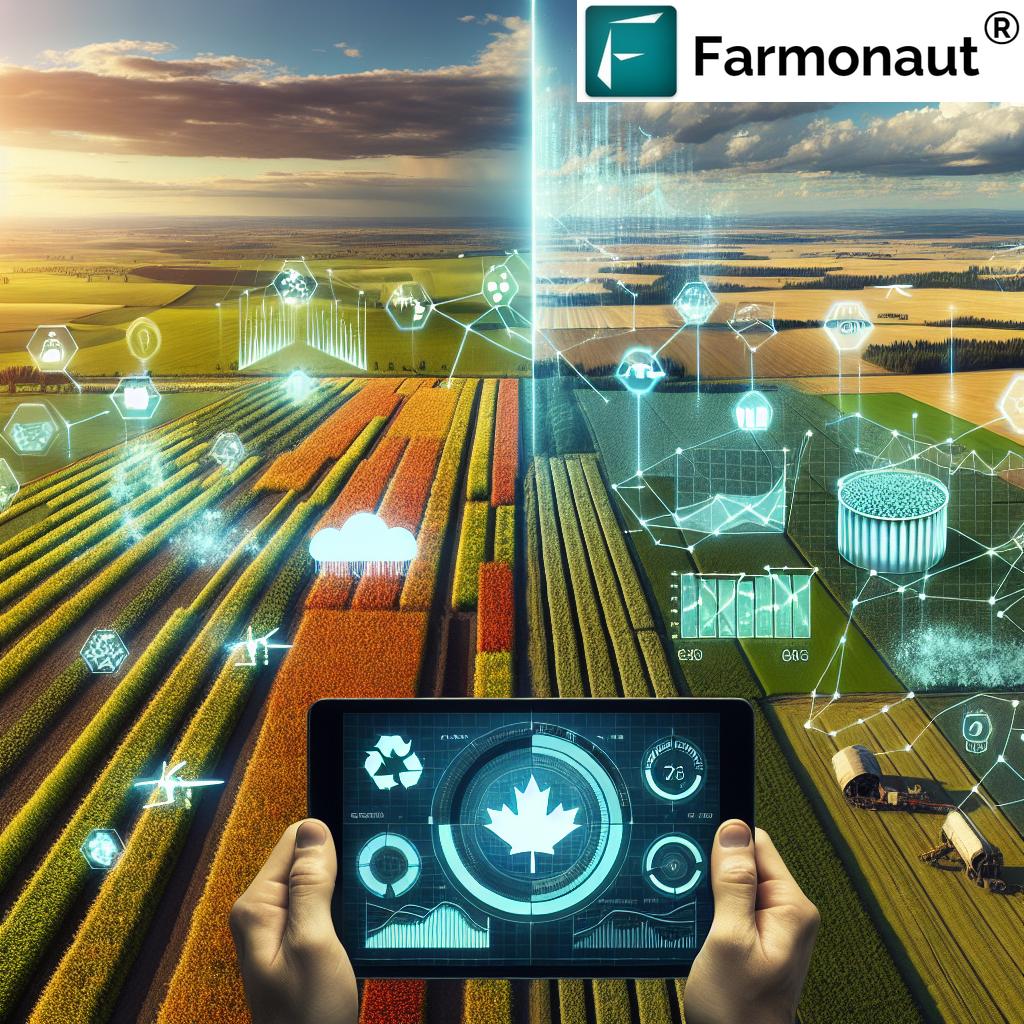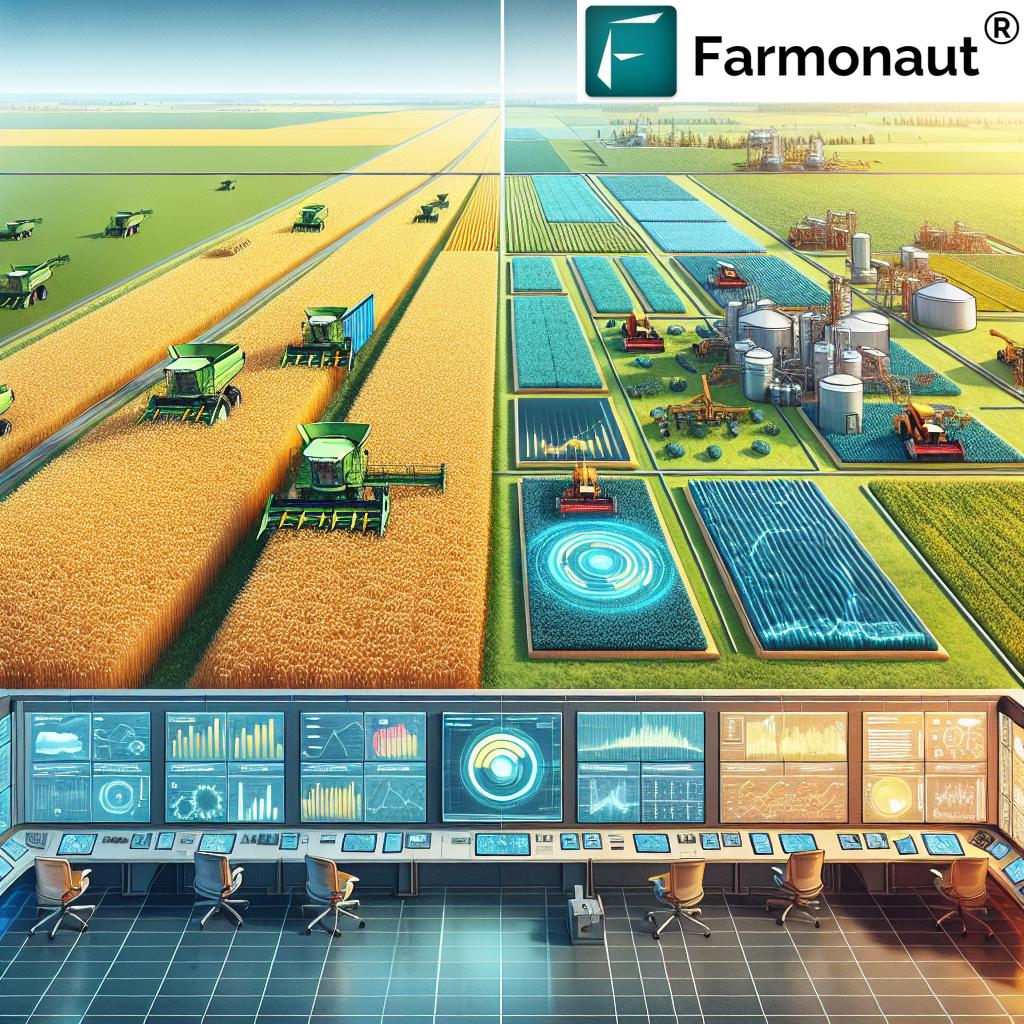Agricultural Recycling in Canada: 2.2M kg Plastics Saved in 2024
“In 2024, Canadian farmers recycled 2.2 million kg of agricultural plastics, supporting a circular economy.”
Introduction
Agricultural recycling in Canada is reshaping how we approach sustainability, environmental stewardship, and waste management across our vast farming landscapes. On April 22—the annual celebration of Earth Day—our focus sharpens on the initiatives, partnerships, and innovation that keep Canada at the forefront of agricultural sustainability. In 2024, our farmers demonstrated their unwavering dedication by recycling a remarkable 2.2 million kg of plastics through organized agricultural recycling programs.
This achievement does not stand alone; it’s the product of collective effort among farmers, collection sites, program facilitators, and industry leaders. The recycling process extends well beyond simple waste return—it’s about supporting a circular economy in agriculture, reducing farm plastic waste, and ensuring the health of our land for generations to come.
In this comprehensive blog, we’ll journey through the history, present progress, and bright future of agricultural recycling in Canada, the vital role of Canadian farmers, and how emerging technologies—such as those from Farmonaut—are helping us take the next step toward a sustainable and circular agricultural economy.
Agricultural Recycling Programs in Canada: An Overview
Canadian agricultural recycling programs have evolved considerably over the past decade, becoming a pillar for environmental stewardship in farming. These programs focus primarily on farm plastic recycling—collecting, returning, and diverting used pesticide, fertilizer, and crop input containers, as well as grain bags, silage bags, bale wrap, and even twine.
Cleanfarms, based in Etobicoke, Ontario, has taken the lead as a national organization, operating more than 1,300 collection sites nationwide. Their partnerships with farmers, collection site staff, and various industry stakeholders ensure that innovation meets action on the very ground where change matters most.
Key Materials Managed:
- Plastic pesticide and fertilizer containers (up to 23L and larger sizes)
- Grain bags and silage bags
- Twine, bale wrap, and tarps
- Plastic drums, totes, and other agricultural packaging
How These Programs Work:
- Accessible Collection: Over 1,300 sites operate each season, spanning every province and serving both urban and rural communities.
- Dedicated Seasons: Many collection sites open for the main recycling season, usually from spring through autumn.
- Nationwide Reach: The programs maintain a three-year recovery rate of 78%—one of the highest in agricultural container recycling worldwide.
- Pilot Projects: Continuous testing of new on-farm recycling solutions and expansion of program scope to emerging needs.
Why Are These Programs Vital?
- Diverting ag plastics from landfills and the environment
- Reducing Canada’s reliance on virgin plastics and supporting the circular economy
- Making recycling a routine part of responsible farm management
- Creating new, useful products from “waste” material—right here in North America
2024 Highlights: 2.2M kg Plastics Saved (A Nationwide Achievement)
This April 22, Earth Day, we celebrate a breakthrough for the agricultural recycling programs of Canada. For the first time, Canadian farmers returned 2.2 million kg of used agricultural plastics to Cleanfarms’ network of collection sites—dramatically exceeding prior benchmarks.
This milestone demonstrates at scale farmers’ spirit, dedication, and the vital role they play at the heart of environmental stewardship in farming. According to Barry Friesen, Executive Director of Cleanfarms:
“Real change happens when farmers plant their boots on the ground and take the lead. From used crop input containers, to grain and silage bags, to every piece of used twine that’s returned for recycling – all of this and much more means less ag plastic that goes into the environment or the landfill—and that really adds up.”
Key 2024 Numbers at a Glance:
- 2.2 million kg of used pesticide and fertilizer containers returned and recycled
- More than 1,300 collection sites open nationwide
- A sustained 78% recovery rate over the past three years (2021–2023)
- All collected plastic transformed into new, useful agricultural products across North America
By transforming recovered ag plastics into new containers, farm tools, and construction materials, we are actively reducing farm plastic waste and contributing to a sustainable, resilient Canadian agricultural sector.
“Farm plastic recycling in Canada diverted enough waste in 2024 to fill over 100 large shipping containers.”
How Agricultural Plastic Recycling Works
Understanding the mechanics of used pesticide container collection and farm plastic recycling is essential for every stakeholder in the agricultural chain. Here’s how Canada’s system delivers tangible results:
Step-by-Step Process
- Use of Plastics on Farm: Farmers utilize plastic containers for pesticides, fertilizers, and other crop inputs. Protective films, grain bags, silage bags, twine, and wrap also accumulate during a season.
- Triple Rinse and Return: After use, containers are triple rinsed and brought to local collection sites. Grain bags and other larger plastics are cleaned and prepared per program guidelines.
- Drop at Collection Site: Farmers deliver the cleaned, empty materials to authorized collection sites—widely available across provinces.
- Efficient Sorting and Baling: Staff at each site inspect, sort, and bale plastics, preparing them for transport while ensuring quality control to maximize recyclability.
- Transport and Transformation: Plastics are shipped to North American recycling facilities for processing into new products—from new containers to construction materials and more!
Main Materials Collected
- 23L and under pesticide and fertilizer containers (jugs, bottles, pails)
- Bulk containers and totes (where programs exist)
- Grain bags, silage bags, bale wrap, twine, and other field plastics
The entire system relies on widespread farmer engagement, efficient collection program design, and ongoing innovation in recycling logistics and plastic processing.
Farm Plastic Recycling: Benefits for Farmers & Environment
Participation in agricultural recycling programs brings a multitude of advantages—directly supporting the circular economy in agriculture and fortifying our role as environmental stewards. Let’s examine the major benefits:
For Farmers
- Maintaining Clean, Safe Farms: Removing used containers, twine, and bags keeps the farm environment clean and reduces fire and contamination risks.
- Reducing Regulatory Pressure: By using authorized programs, farmers meet stewardship standards and can show compliance on audits or inspections.
- Accessing Cost-Saving and Incentive Programs: Some regions offer incentives or lower costs for farmers who actively participate in ag container and grain bag recycling.
- Strengthening Community Reputation: Farmers are celebrated as leaders in environmental stewardship in farming—building pride, partnerships, and local resilience.
For the Environment
- Diverting Plastics from Landfill: Each kilogram recycled reduces space wasted in landfills and prevents harmful plastic breakdown in the environment.
- Preventing Pollution: Properly managed ag plastics prevent microplastics, chemicals, and debris from polluting waterways and wildlife habitats.
- Maximizing Material Use: Recovered plastics are transformed into new, useful products—often within agricultural sectors—reducing the need for virgin materials.
- Lowering Carbon Footprint: By closing resource loops, agricultural container recycling Canada reduces CO₂ emissions associated with plastc production and disposal.
At its heart, agricultural recycling is an act of responsibility—a shared ethic that connects every generation of producers and land stewards across Canada.
Supporting Circular Economy in Agriculture
A circular economy aims to keep products, materials, and resources in continual use—minimizing waste and creating new value at every stage. In Canadian agriculture, this means turning single-use plastics into feedstock for new products, creating jobs, and fostering rural and regional growth.
By recycling agricultural packaging like empty pesticide containers, grain bags, and silage plastics, we:
- Reduce dependence on raw, virgin plastic production
- Enable continual cycles of material use and recovery
- Cut overall energy consumption and greenhouse gas emissions
- Engage Canadian farmers as primary agents in advancing a circular economy in agriculture
The plastics recovered through used pesticide container collection don’t simply disappear—they return to the core of the value chain in the form of new agricultural products, supporting both environmental and economic resilience.
Innovative Solutions & On-Farm Recycling Systems
Canada’s agricultural recycling ecosystem thrives because of continuous innovation—both from ground-level farmers and from national initiatives piloting new solutions. The Cleanfarms programs strive to make recycling a routine part of farming, with practical systems tested, refined, and scaled every season.
Key Features of Successful Programs:
- Flexibility: Recycling systems are adapted to local needs, crop types, and farm sizes, ensuring no community is left behind.
- Convenience: Strategic site locations and clear instructions lower the barrier for farmers to participate.
- Pilot Projects: New recycling streams—for larger drums, silage covers, and multi-layer films—are trialed each year to expand reach and impact.
- Data-Driven Management: Tracking recovery rates, materials flow, and on-farm feedback helps drive ongoing improvement.
These ongoing refinements make Canadian ag container recycling programs among the most effective in the world.
For Developers and Industry: Integrate Satellite & Weather Data for Enhanced On-Farm Management
We understand that innovative solutions start with timely, accurate data. Through tools like Farmonaut’s Satellite and Weather API, developers and agribusinesses can integrate real-time satellite imagery, weather monitoring, and resource management capabilities directly into their systems. This empowers precision waste management, traceability, and compliance with sustainable practices at scale. For specific implementation guidance, refer to our API Developer Documentation.
Farmonaut’s Role in Sustainable Agricultural Management
Farmonaut stands as a pioneering agricultural technology platform—helping farmers and agribusinesses operate more sustainably through precision agriculture, real-time crop monitoring, AI-based advisories, blockchain traceability, and carbon footprinting. By integrating these tools, Canadian farms can optimize resource use, decrease waste, and make responsible management of ag plastics routine in their daily operations.
Key Farmonaut Features for Sustainable and Circular Agriculture:
- Satellite Based Crop Health Monitoring: Analyzes NDVI and other vital indices to detect crop health issues early, supporting smarter, more efficient input use—reducing waste and unused packaging.
- AI Advisory Systems (Jeevn AI): Delivers custom, real-time advice for irrigation, pest management, and input application based on hyperlocal data—helping farmers minimize surplus chemical and packaging waste.
- Blockchain Product Traceability: Ensures each product’s journey (input to harvest to package) is securely recorded, easing compliance and showing proof of recycling and sustainability practices to buyers and regulators.
- Resource & Fleet Management: Optimize movement of machinery and recycling material collection for cooperative farms and larger agribusinesses—driving logistics efficiency and reducing emissions.
- Carbon Footprinting and Climate Tools: Track farm-level and organization-wide CO₂ emissions, with real-time data supporting strategies for circularity, waste reduction, and carbon credits.
Besides empowering individual farmers, Farmonaut provides a scalable subscription platform—from small plots to entire Canadian provinces—giving agricultural managers, policymakers, and researchers the insights needed for system-wide change.
Farms can also benefit from:
- Product Traceability Tools: Seamless traceability builds trust among buyers, strengthens market access, and verifies sustainable practices—integral for qualifying for “green” supply chains.
- Fleet Management Solutions: Reduce operating costs, improve safety, and support eco-friendly logistics, including optimized routing for recycling pickups or returns.
- Crop Loan and Insurance Verification: Simplifies financial access via satellite-verified proof of farm management, including compliance with recycling protocols.
- Large Scale Farm Management Apps: Monitor vast areas for sustainability targets and reporting, improving policy design and recognition for responsible ag plastic disposal.
Comparative Impact Table: Agricultural Recycling in Canada (2023–2024)
To better appreciate the momentum of agricultural container recycling in Canada, here’s a snapshot comparing key progress indicators from 2023 to 2024. These statistics demonstrate concrete advances in participation, volume, and environmental benefit:
| Year | Estimated Plastics Recycled (kg) | Participating Farms | Provinces Involved | Estimated CO₂ Reduction (tonnes) |
|---|---|---|---|---|
| 2023 | ~2,000,000 | Thousands nationwide | All provinces & territories | ~5,000* |
| 2024 | 2,200,000 | Thousands (record participation) | All provinces & territories | ~5,500* |
How Farmers Can Get Involved: Practical Steps for 2025 and Beyond
With the 2025 collection season approaching, it’s never been easier for Canadian farmers to join the chain of positive change. Here’s how we can contribute actively and make a greater impact:
- Triple Rinse & Prepare: Always triple rinse containers immediately after use and remove caps, labels, or foil liners per instructions.
- Separate and Store: Separate plastics by type (container vs. bag vs. twine), keeping recyclables clean and dry for hassle-free return.
- Locate the Nearest Collection Site: Use Cleanfarms’ interactive locator or regional guides to find open collection points—plan bulk drop-offs well ahead of season deadlines.
- Mark Return Dates: Start preparing now for the opening of the 2025 season, so none of your eligible ag plastics go to landfill.
- Consult Local Programs: Each province may introduce unique pilots or incentives; stay up-to-date by checking with your agricultural extension office or Cleanfarms network.
- Share Your Impact: Encourage neighbors and ag community groups to join; the more of us who participate, the greater the collective progress!
Management solutions, such as Farmonaut, can be leveraged to track input use, inventory packaging, and monitor sustainability outcomes with ease.
Flexible Farmonaut Subscriptions: Make Data-Driven Sustainability Easy
Farmonaut offers affordable, scalable subscription plans for farmers, cooperatives, agribusinesses, and organizations. Monitor your crop health, resource use, carbon emissions, and sustainability outcomes right from your phone or desktop.
Frequently Asked Questions (FAQ) on Agricultural Recycling in Canada
-
What plastics can Canadian farmers recycle in agricultural recycling programs?
Most programs accept triple-rinsed pesticide and fertilizer containers up to 23L, grain bags, silage bags, bale wrap, twine, and sometimes larger drums or totes. Check your local program for exact guidelines.
-
Do farmers have to pay to participate in these recycling programs?
Participation in core agricultural recycling programs is usually free to farmers, as costs are covered by industry stewardship organizations and product levies. Some pilots or specialized items may have fees.
-
How does recycling agricultural packaging support a circular economy?
By diverting plastics from landfill and transforming them into new products, the material stays in the productive use cycle—cutting the need for virgin plastic and reducing environmental impact.
-
Is there a difference between recycling on small vs. large farms?
Programs are designed for accessibility across all farm sizes. Small farms can use the same collection sites as large ones and benefit from the same streamlined process.
-
How can Farmonaut help farmers with sustainable waste management?
Farmonaut offers advanced monitoring, traceability, and resource management tools, helping farmers optimize input use, document recycling practices, and meet sustainability targets in their farm operations.
Conclusion: Shaping a Sustainable Agricultural Future—Together
As we reflect on the remarkable 2.2 million kg of plastics saved in 2024, the story of Canadian agriculture becomes one of continual progress, partnerships in action, and unwavering dedication to change.
Recycling agricultural packaging, managing resources responsibly, and supporting a circular economy in agriculture isn’t just a regulatory obligation—it’s a statement of Canadian leadership and stewardship on the global stage. Our farmers remain at the heart of this change: from planting their boots on the ground to leading by example with every container, bag, and twine returned.
With advanced tools like Farmonaut ensuring precise, data-driven, and affordable management—whether via crop health monitoring, carbon tracking, or digital traceability—Canadian farming stands ready to scale its sustainability and to safeguard our land for the next generation.
Let’s keep this momentum going, stay engaged, and push toward 100% recovery, zero landfill, and a truly circular agricultural economy!


